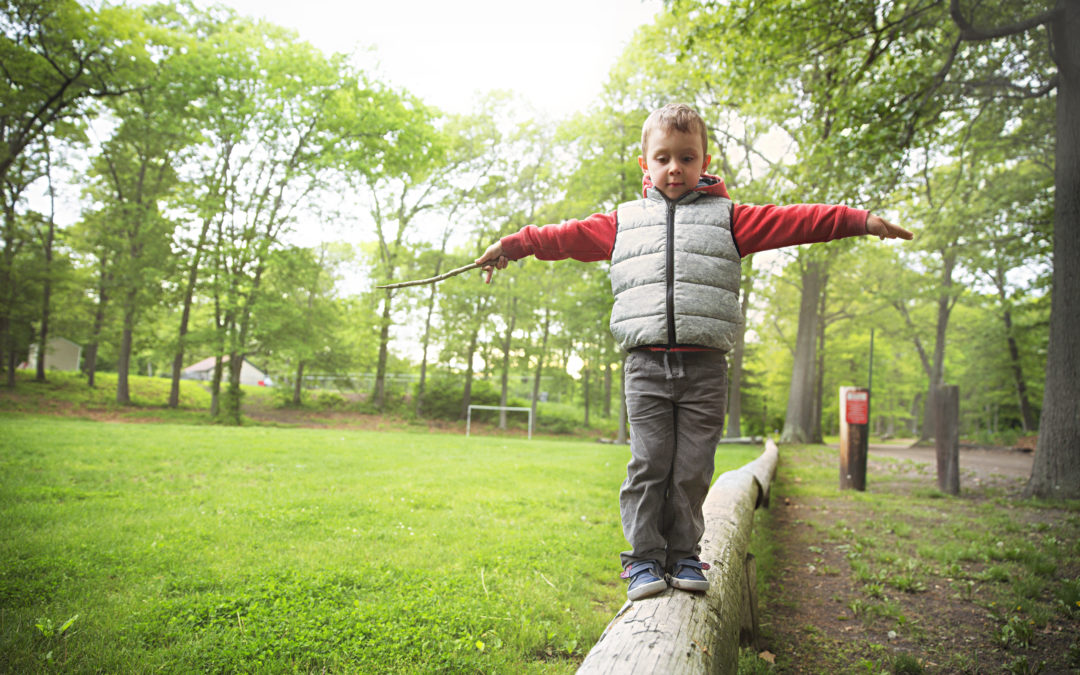It’s rare that anyone considers improving their senses to improve their athletic performance. Honestly, it’s rare that anyone considers improving their senses at all. That’s mostly because they don’t know that it’s possible, how to do it or why it matters. When you understand how the brain evaluates risk and limits performance accordingly, the value of sensory skill becomes apparent.
Your brain receives 11 to 20 million signals per second of sensory information, everything you see, hear, smell, taste and feel. But it also receives loads of other information about your surroundings, your movement and position and your body chemistry. For instance, think about proprioception, homeostasis monitoring and inner ear as senses too. Your brain constantly evaluates information and adjusts your capabilities based on perceived risk to your safety or survival.
Why might that matter to performance? Some of the capabilities that your brain controls and adjusts for risk include blood flow, mobility, muscle firing rates and strength, coordination, respiratory rate, and heart rate. Sound relevant?
Which senses matter most to your performance and could be worth training? While everyone is different and anything can cause anything, the areas that typically give you the most bang for your buck are vision, inner ear, and proprioception. While each is important in its own right, together they are the key elements of balance which makes them doubly important. In addition to improving sensory function, it’s important to improve your brain’s tolerance and reaction to sensory information. For instance, improved tolerance to CO2 levels in your bloodstream may keep you from over-breathing. Training in different temperatures may help you perform better in a variety of conditions. Better proprioception may help keep an ankle roll from becoming a sprain.
So, if you’re looking for what might be holding your performance back, want to accelerate your training gains, prolong your athletic career or just enjoy life more, give sensory training a try. One particularly nice thing is that doesn’t take much time and can be done anywhere.

